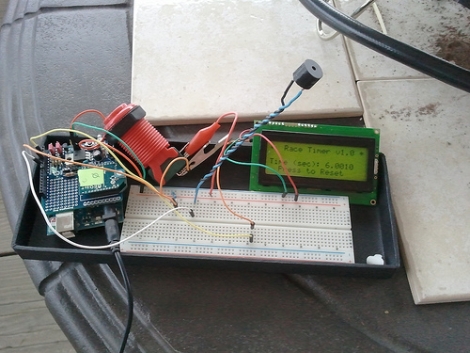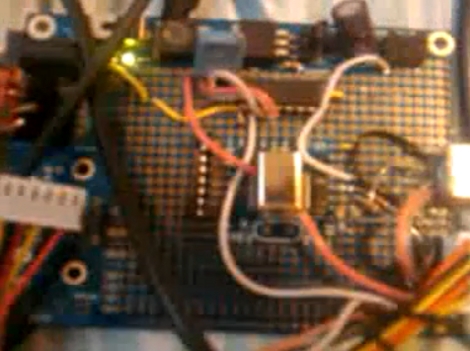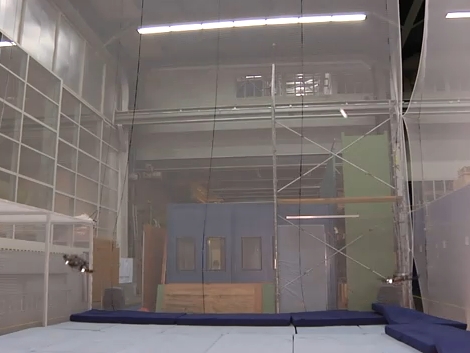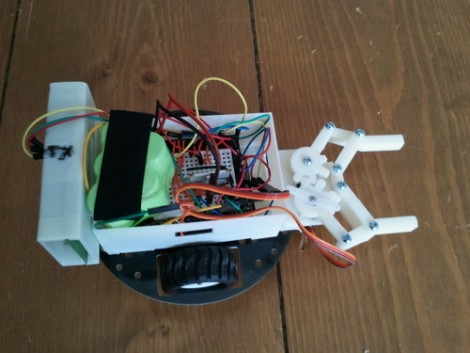
The Nintendo Entertainment System is by far the most popular 8 bit post crash video game system. Therefore, the NES gets all sorts of mods and hacks done with it, but there is not a whole bunch of noise for its bigger badder 16 bit brother the Super Nintendo. Have no fear though [Vigo the Carpathian] (I did not know it was the season of evil!) helps to correct that in his first Instructable, turning a SNES into an all in one classic video game player.
Using the shell of a Super Nintendo the bottom half includes ZOTAC IONITX-C-U mini ITX motherboard, and a dual SNES controller port to USB that fits in the original openings to use the real deal controllers. A USB port is also mounted for some wireless dual shock action.
On the top half, the eject button, and cartridge slot flaps have been removed and speaker grill cloth was added to provide venting. Near the back of the unit, SD-card to SATA adapter provides storage, which we think is a good idea for cheap SSD storage. Micro switches are also rigged up so that the original power and reset buttons control the same computer functions.
Clean looks, small form factor, join us after the break for a quick video.
















